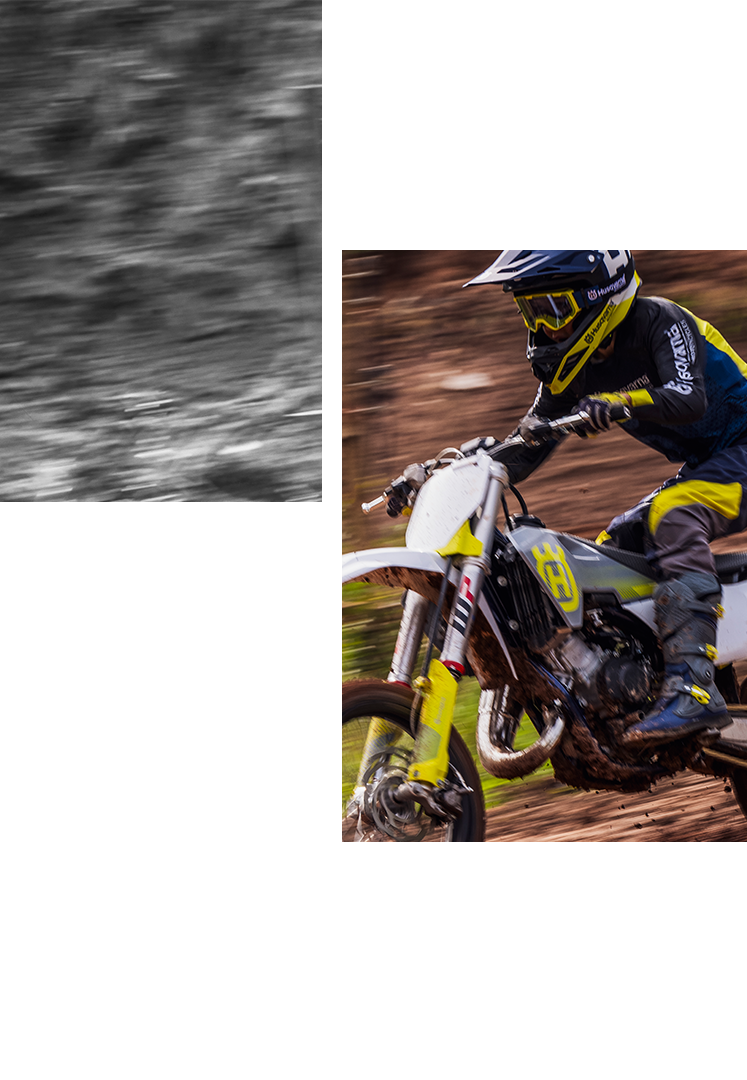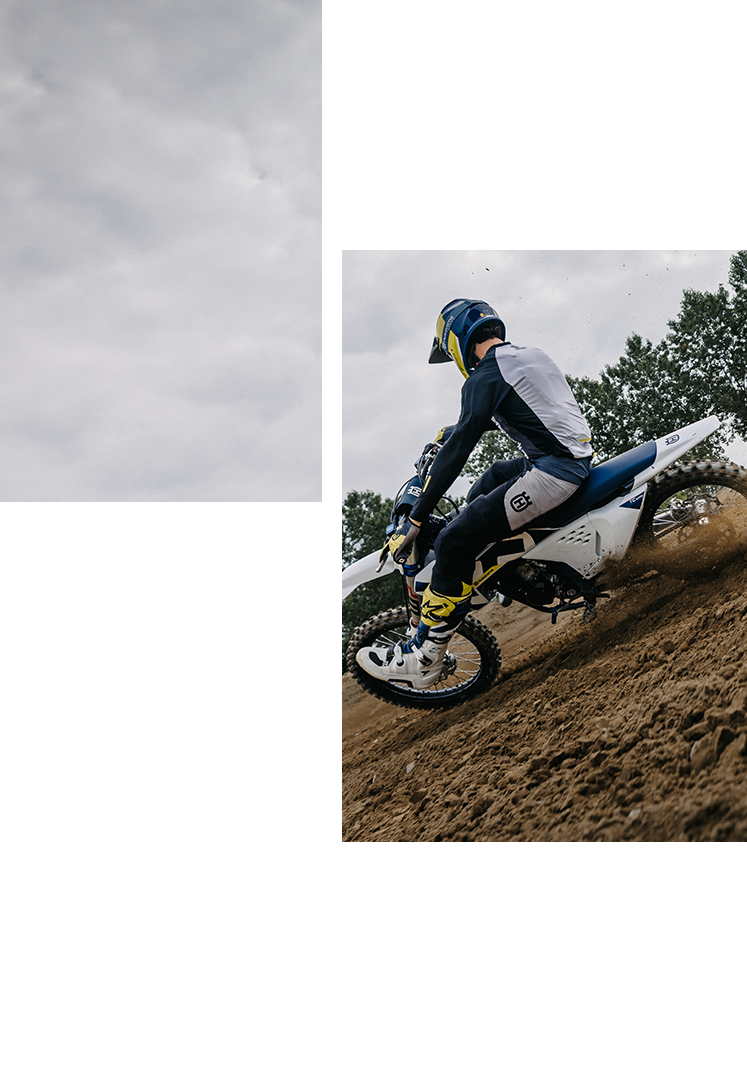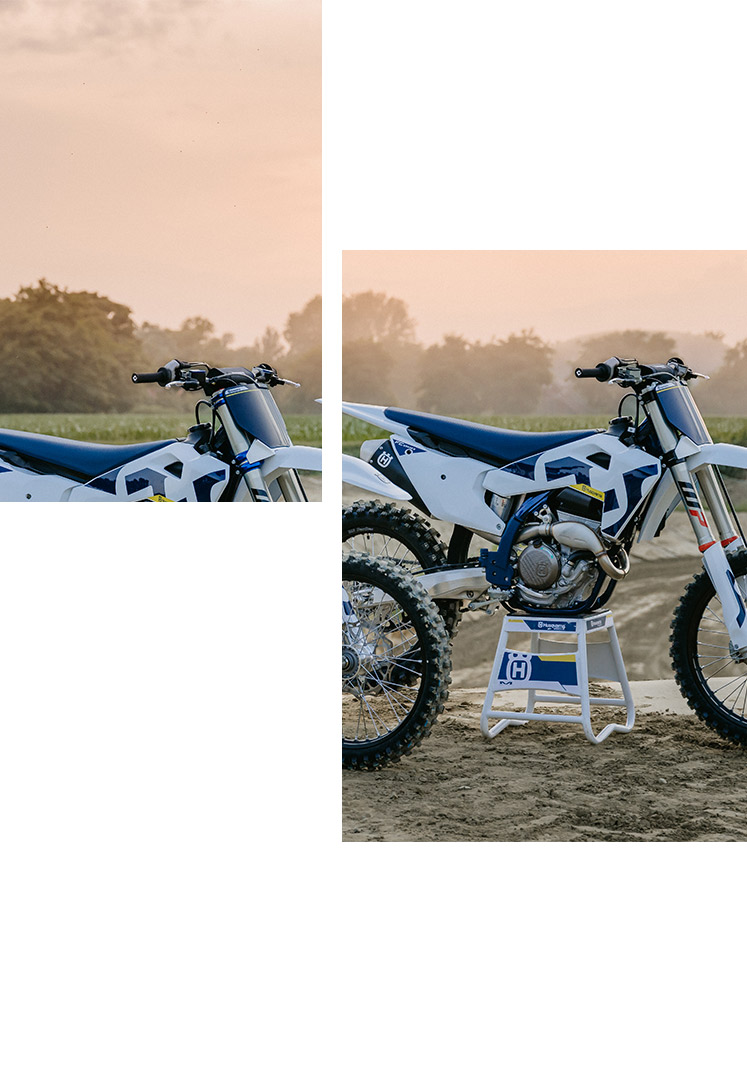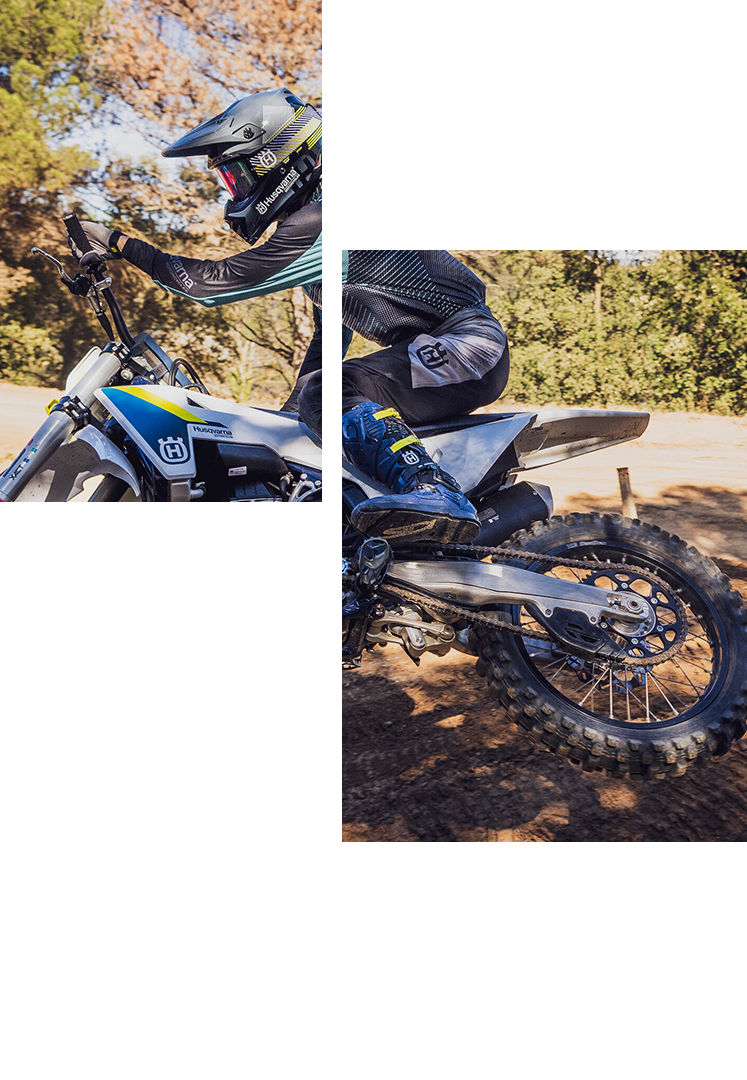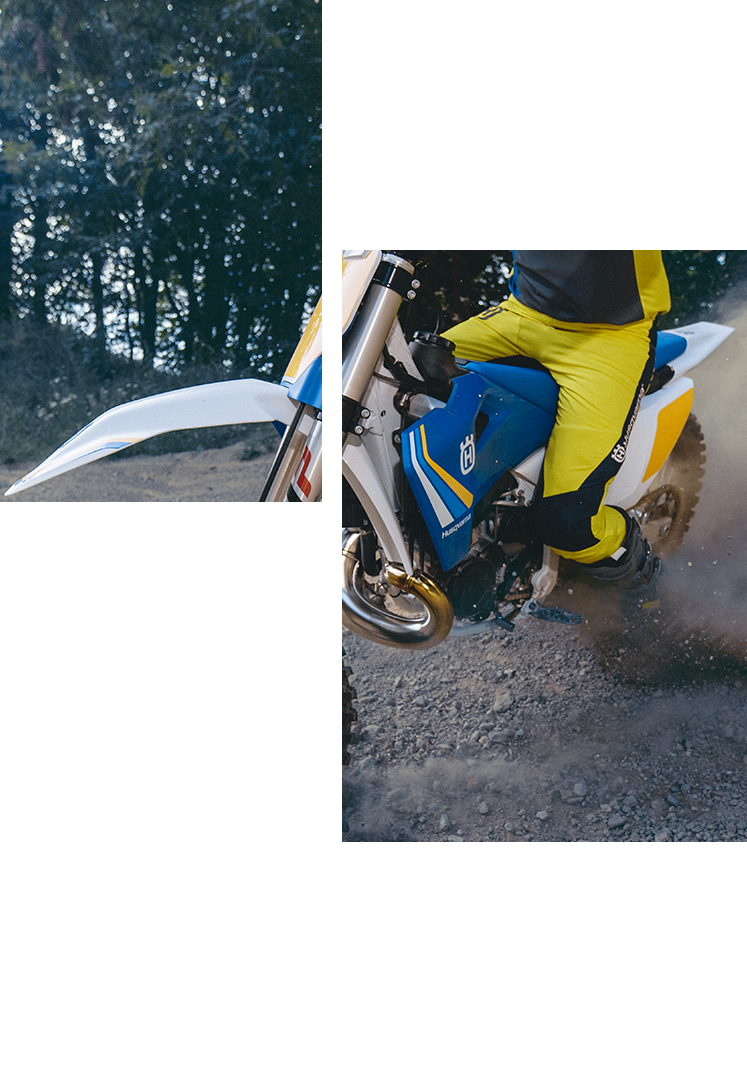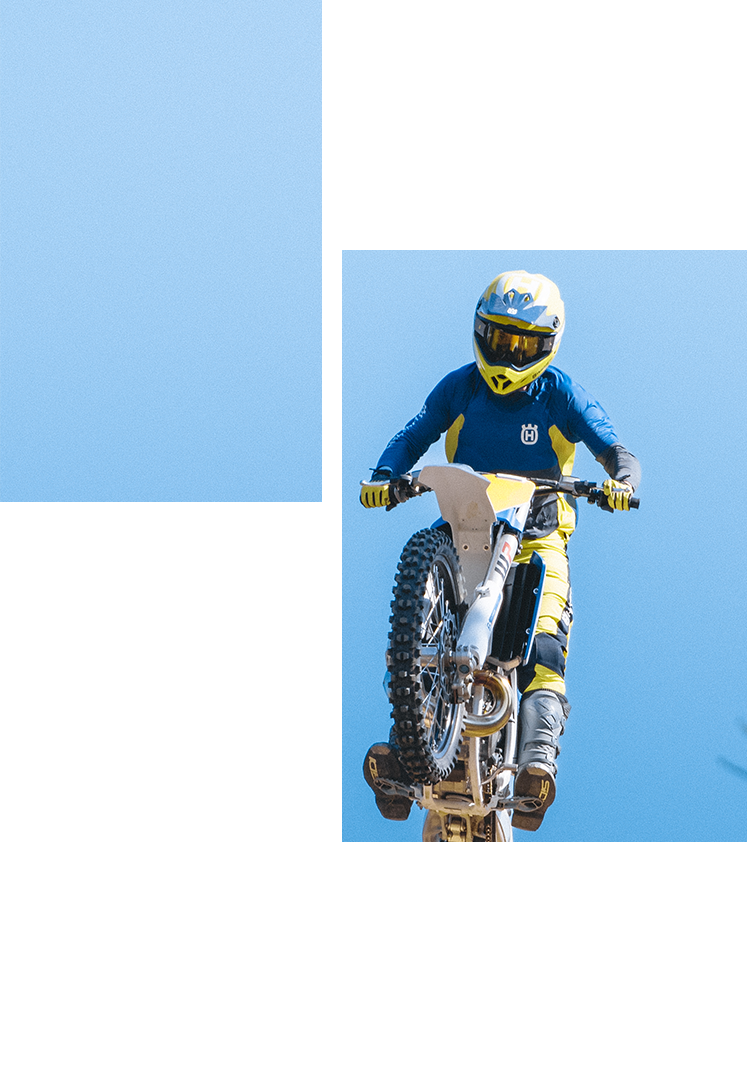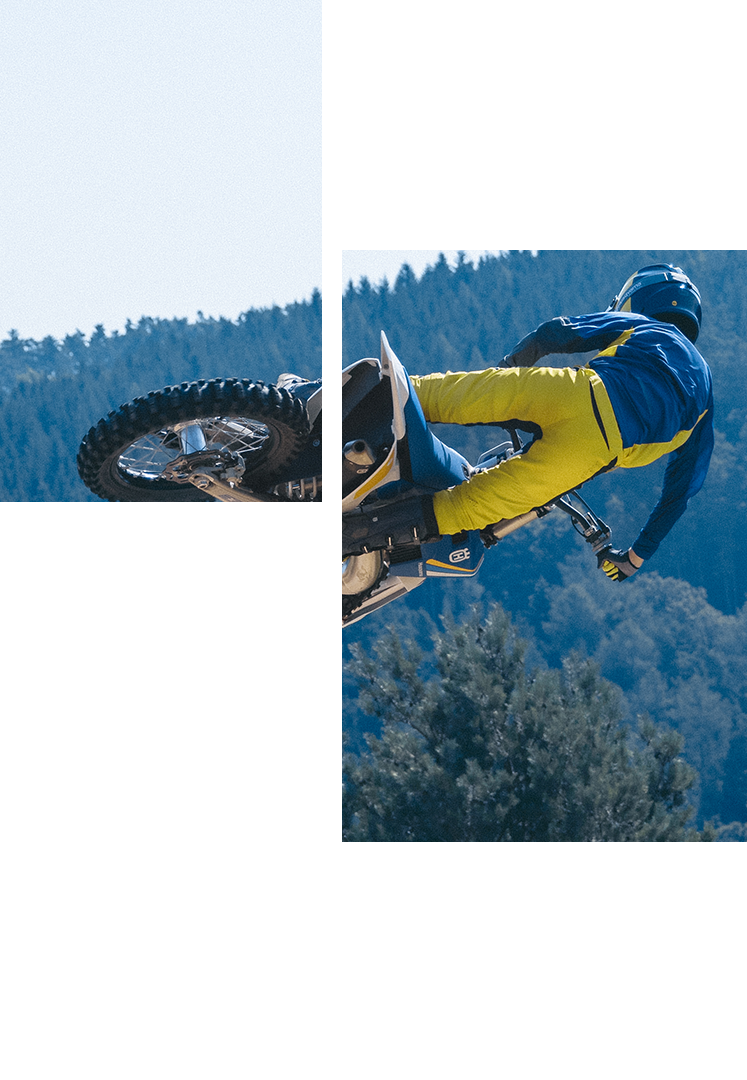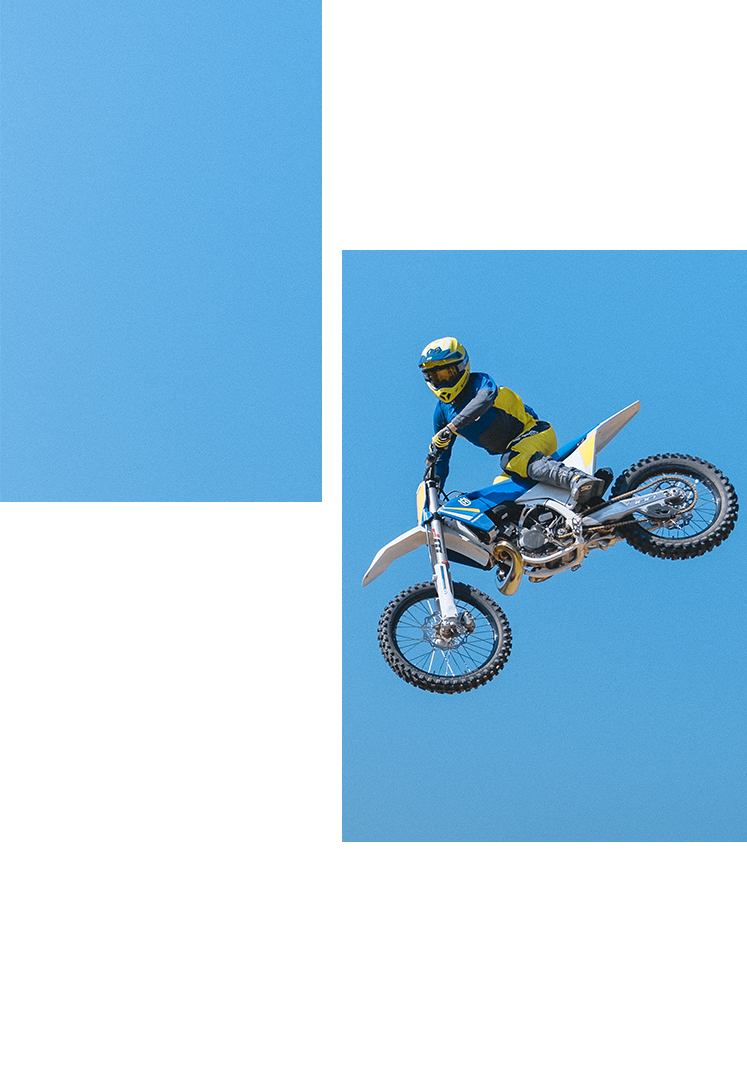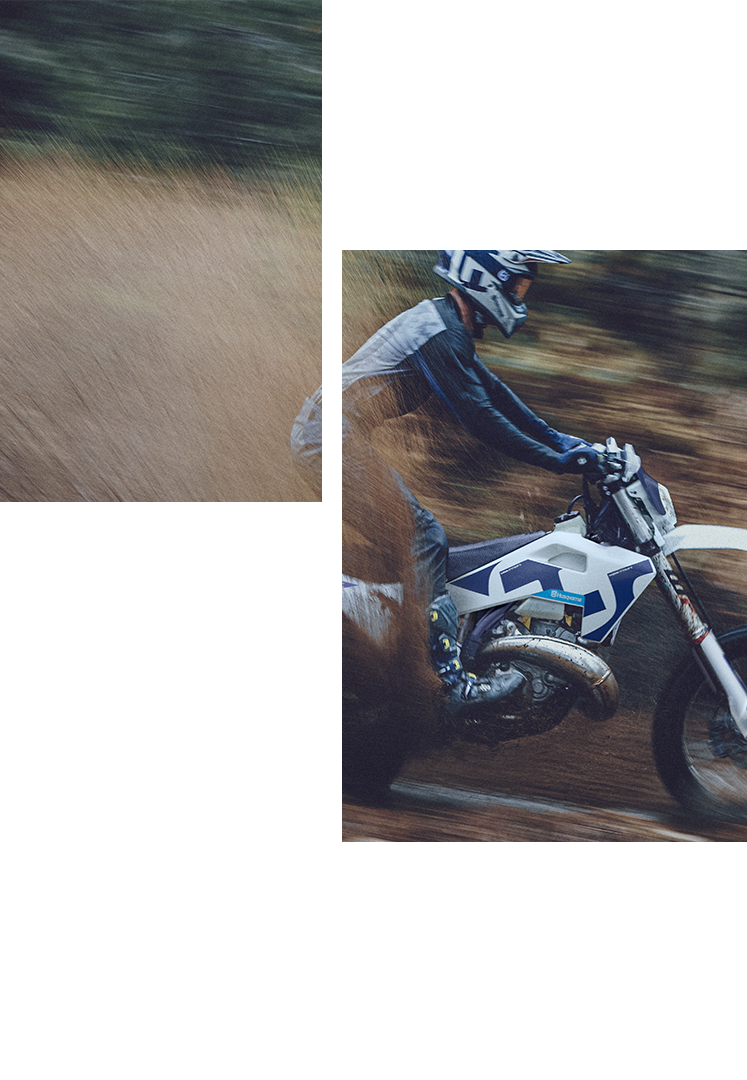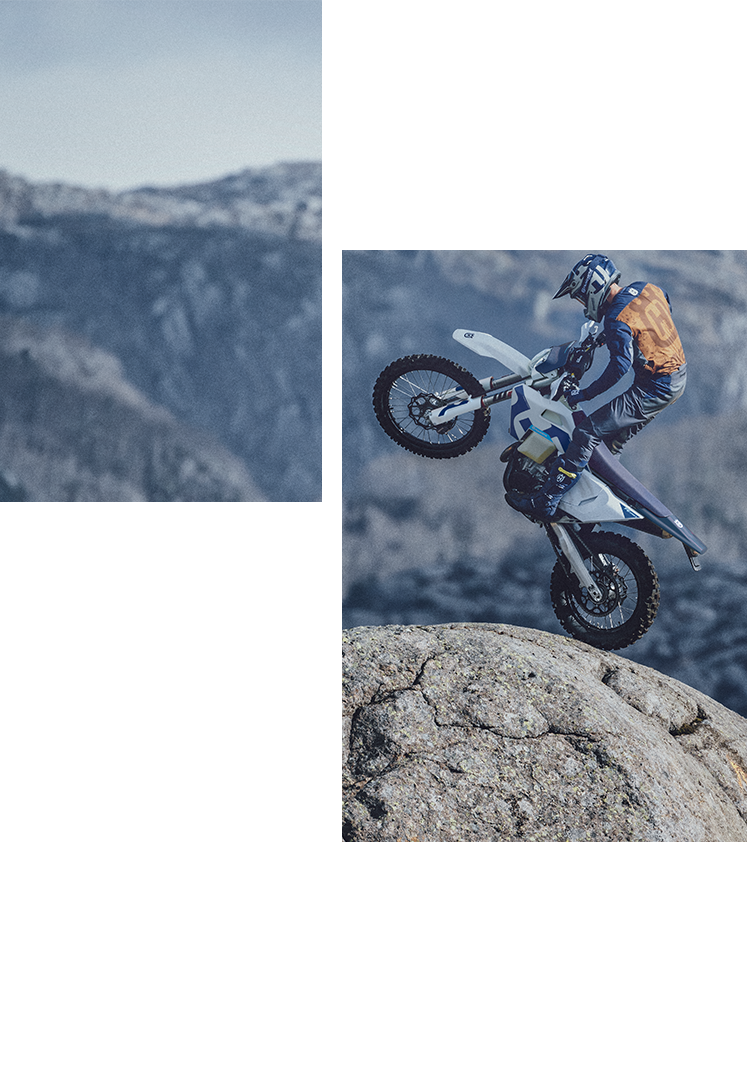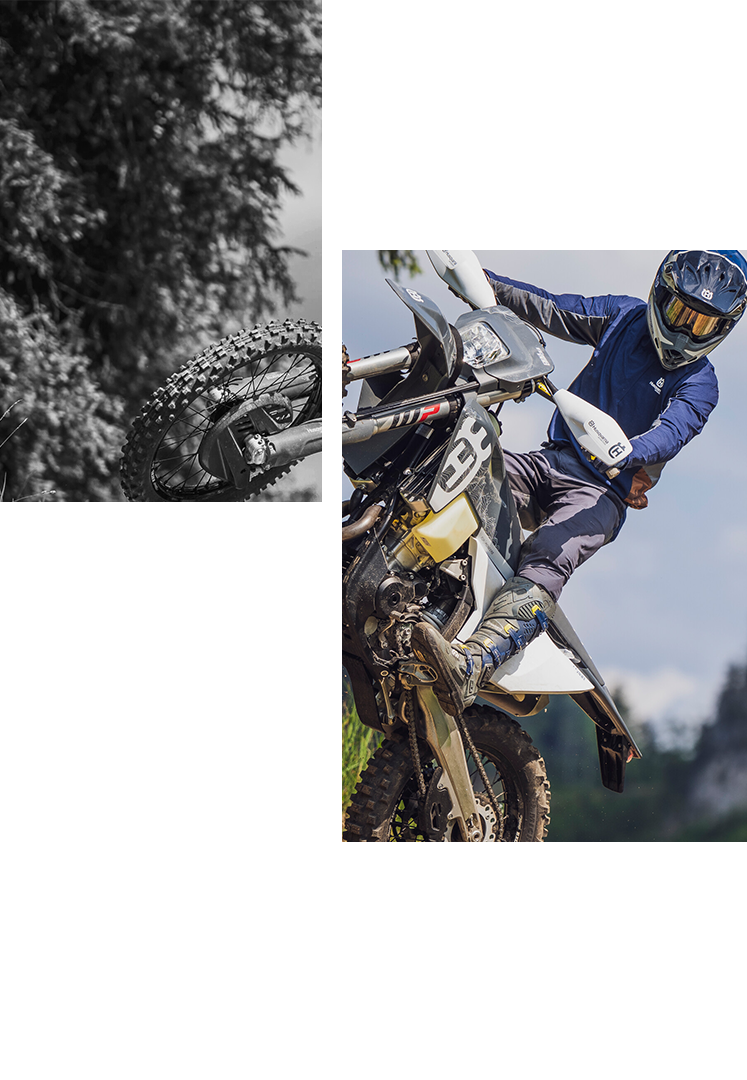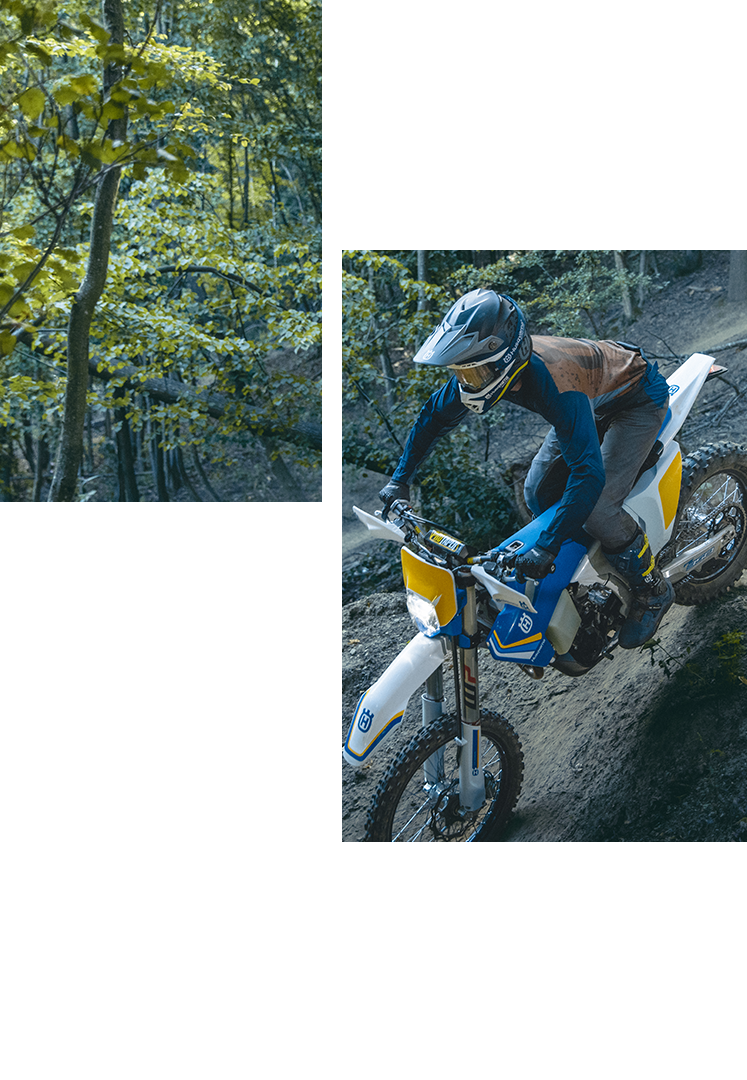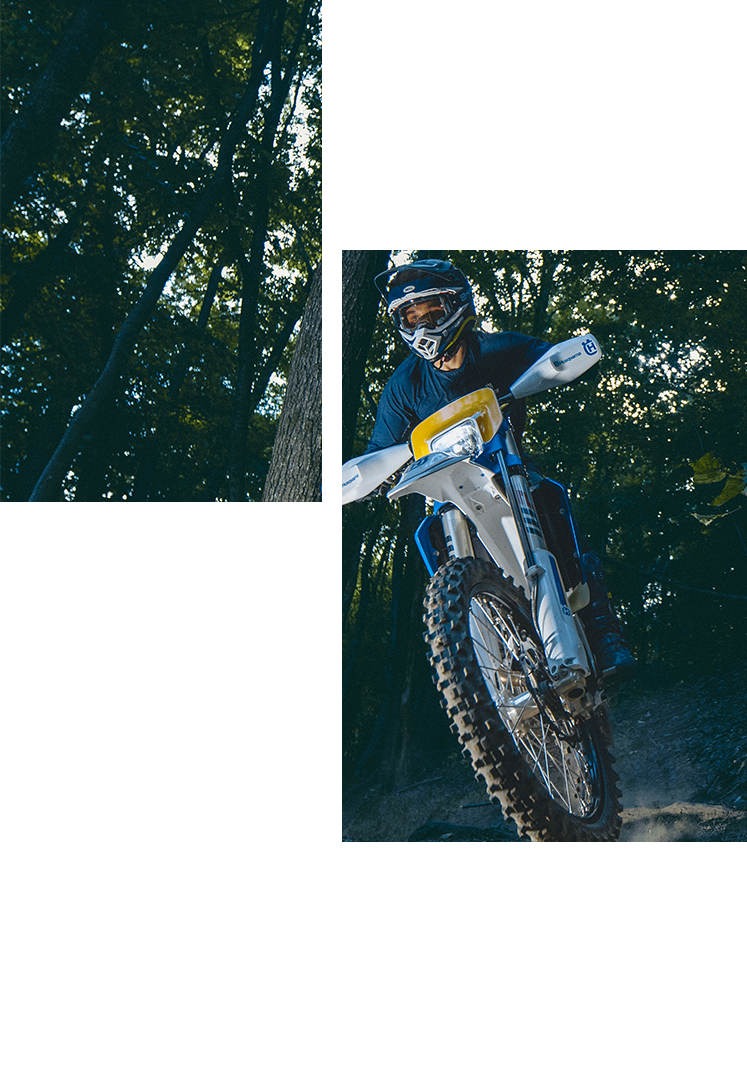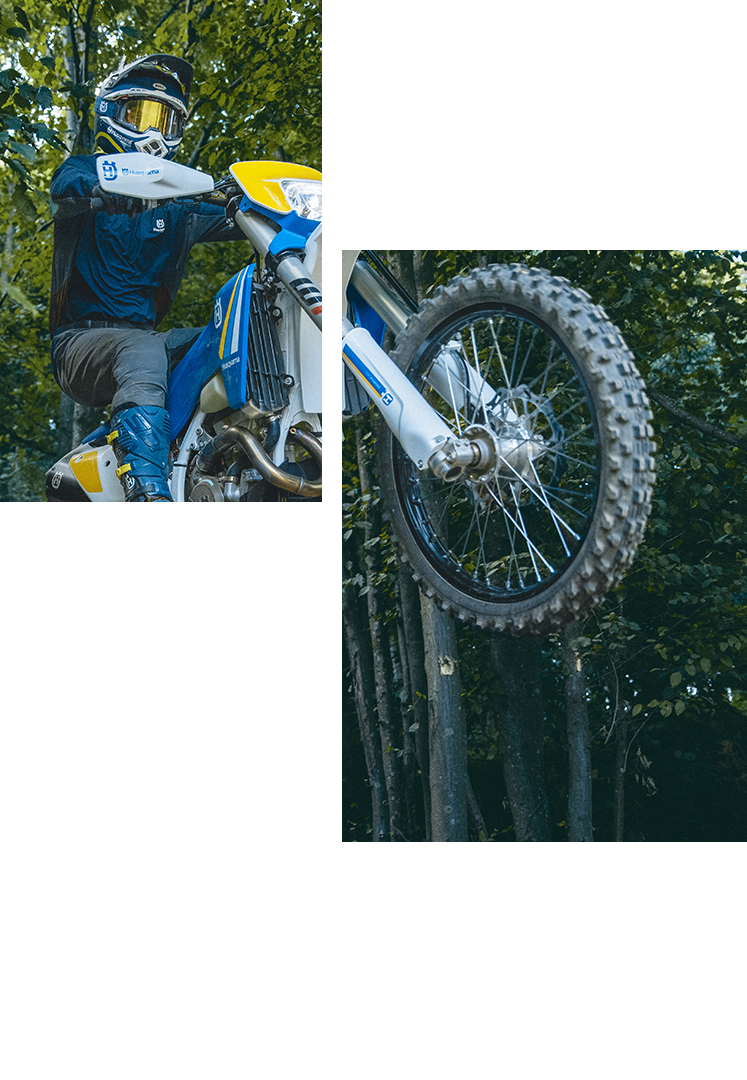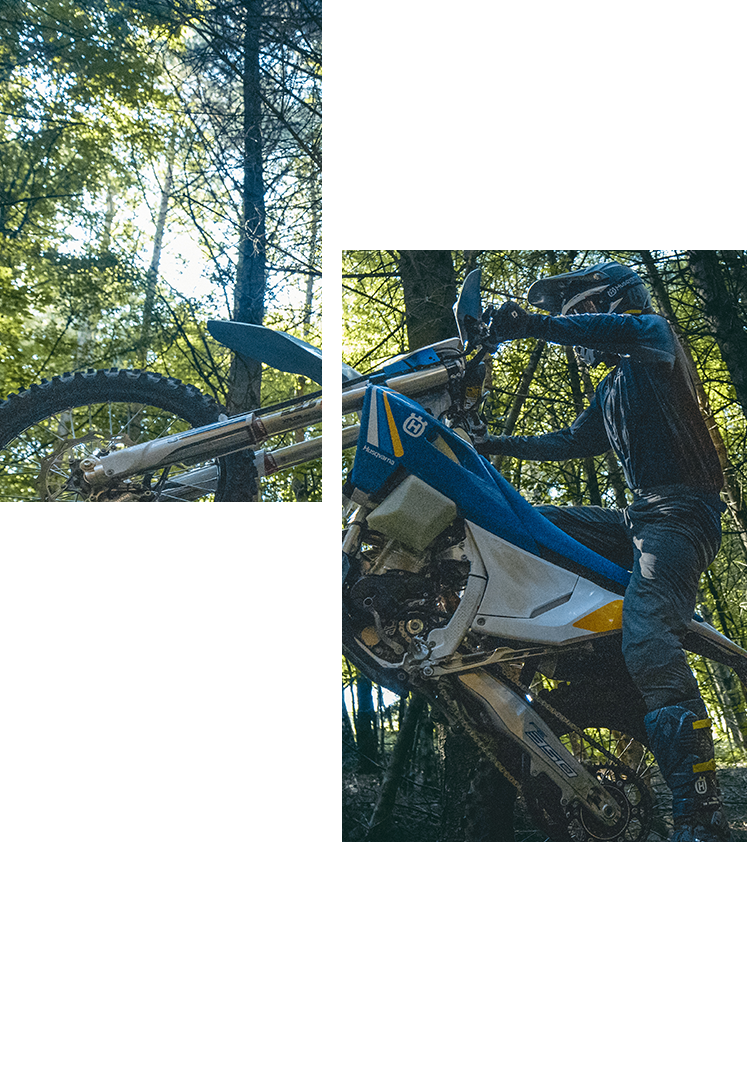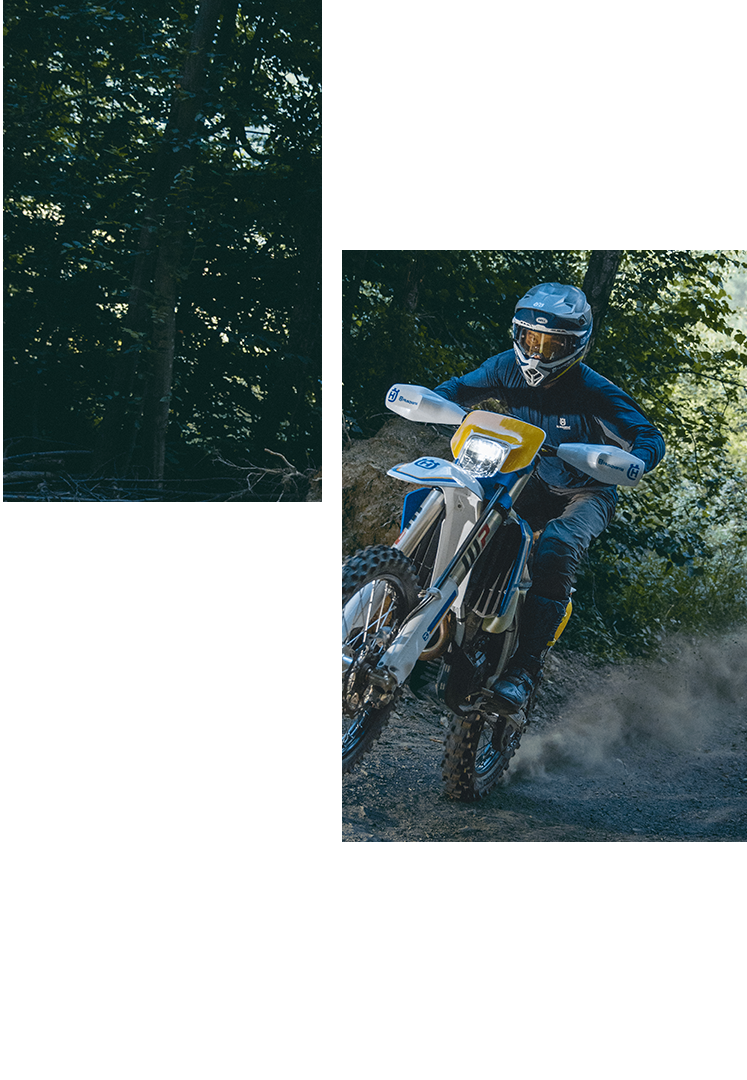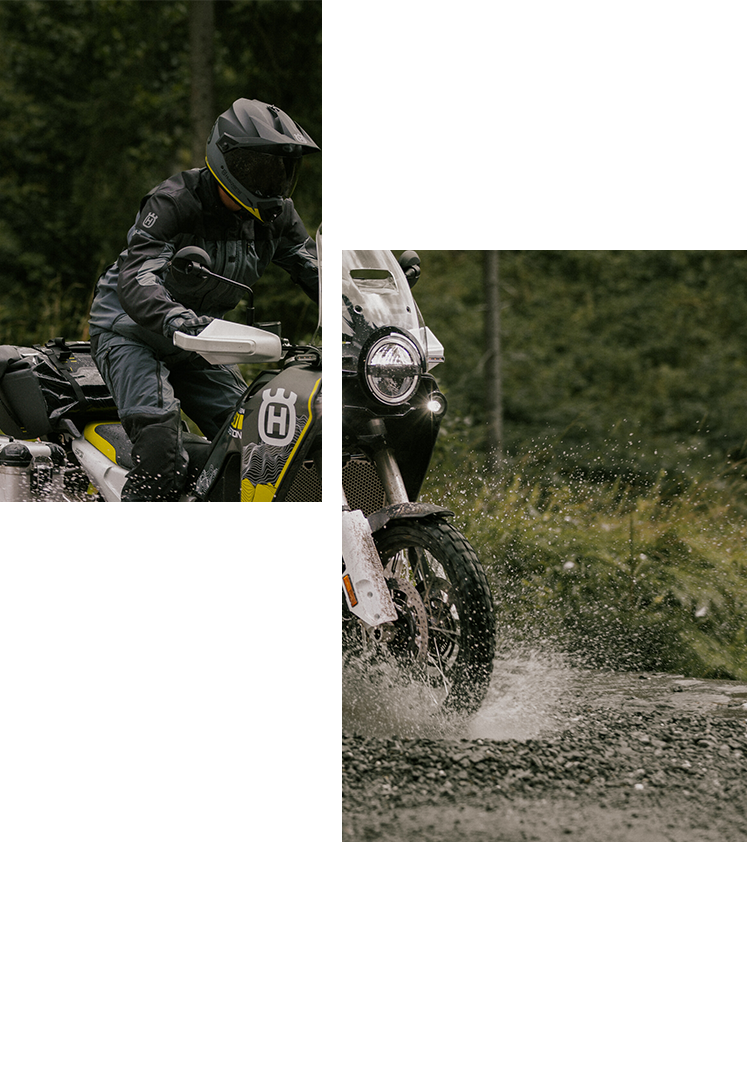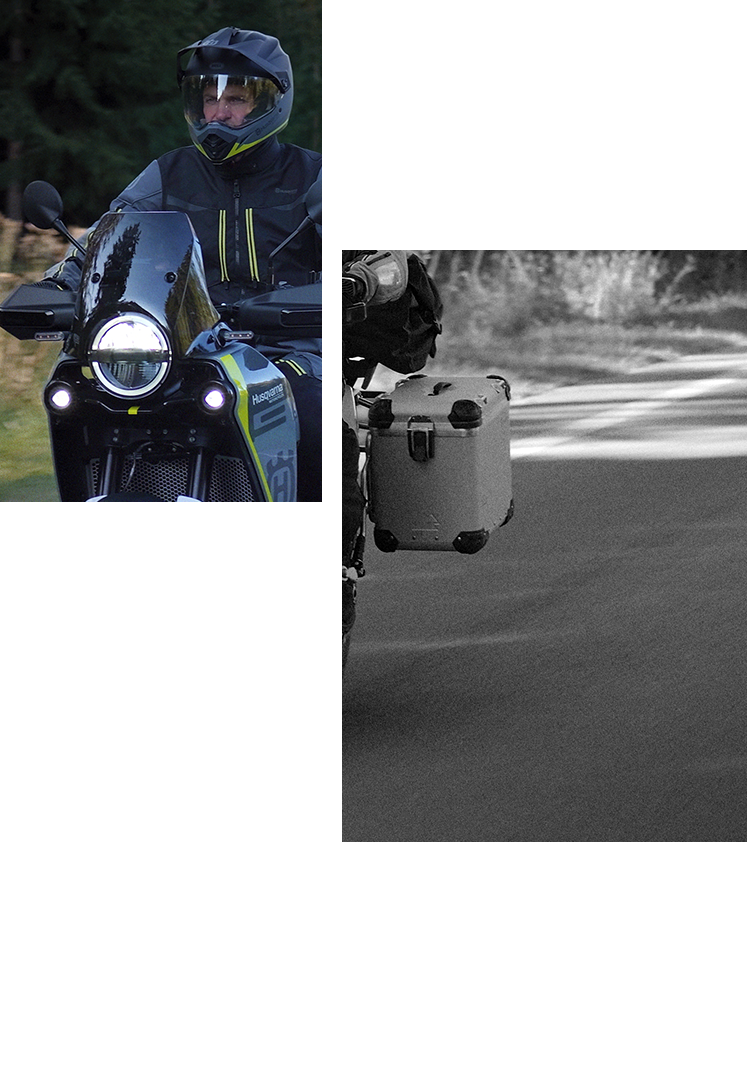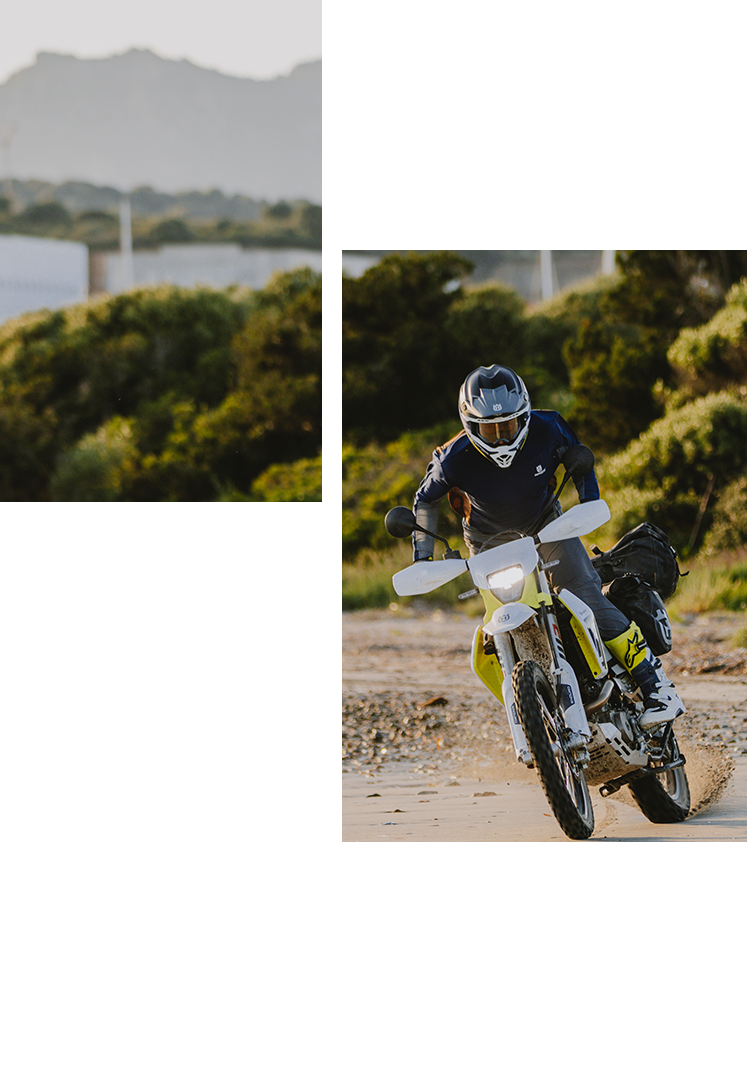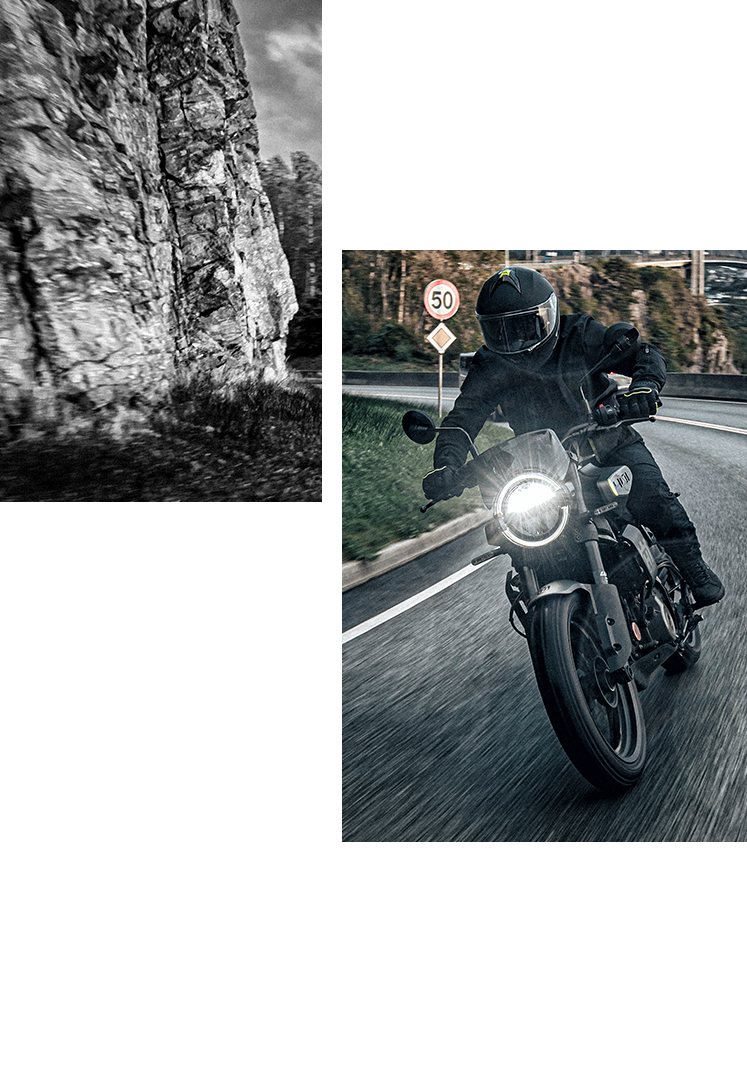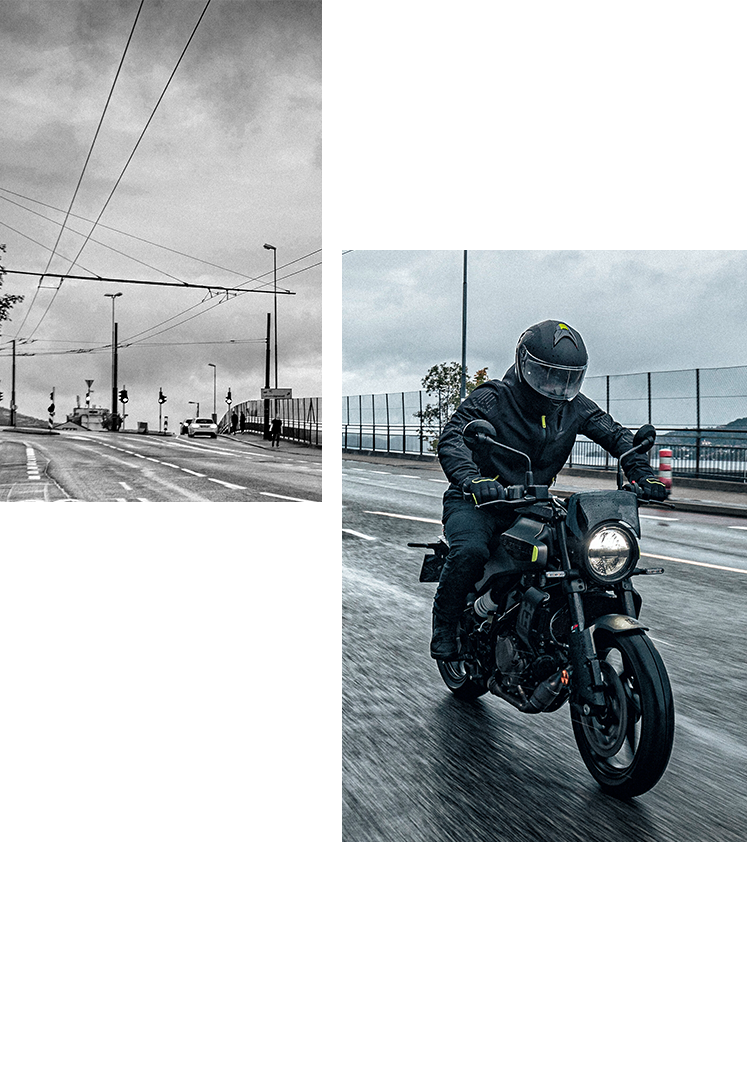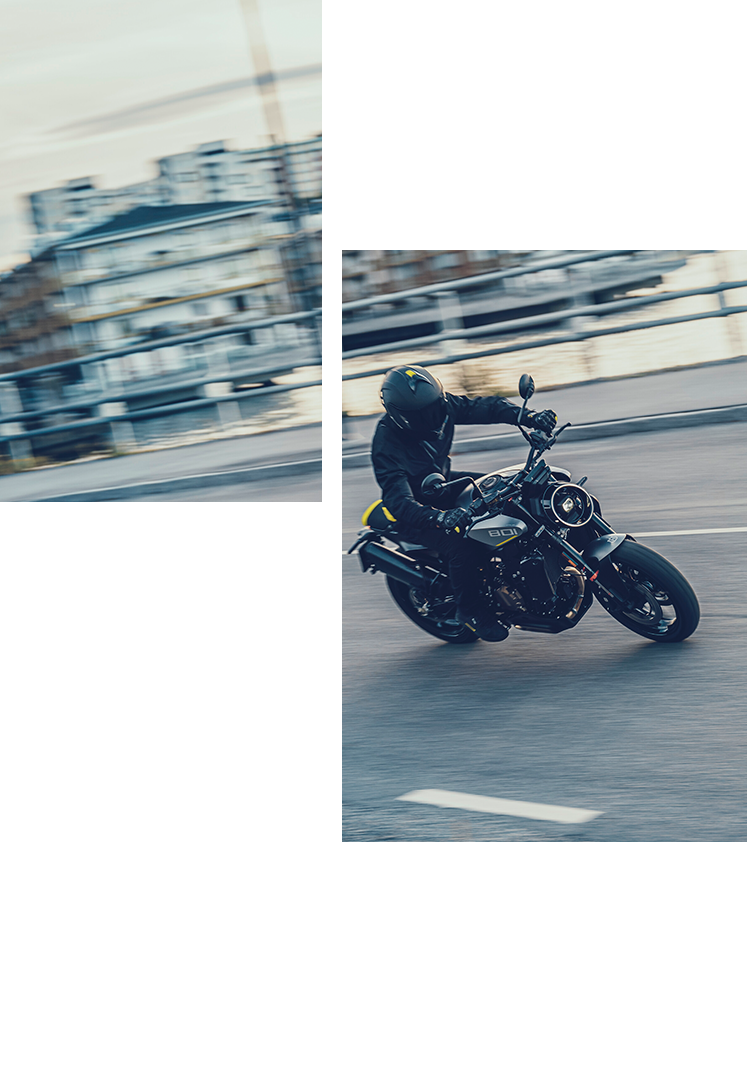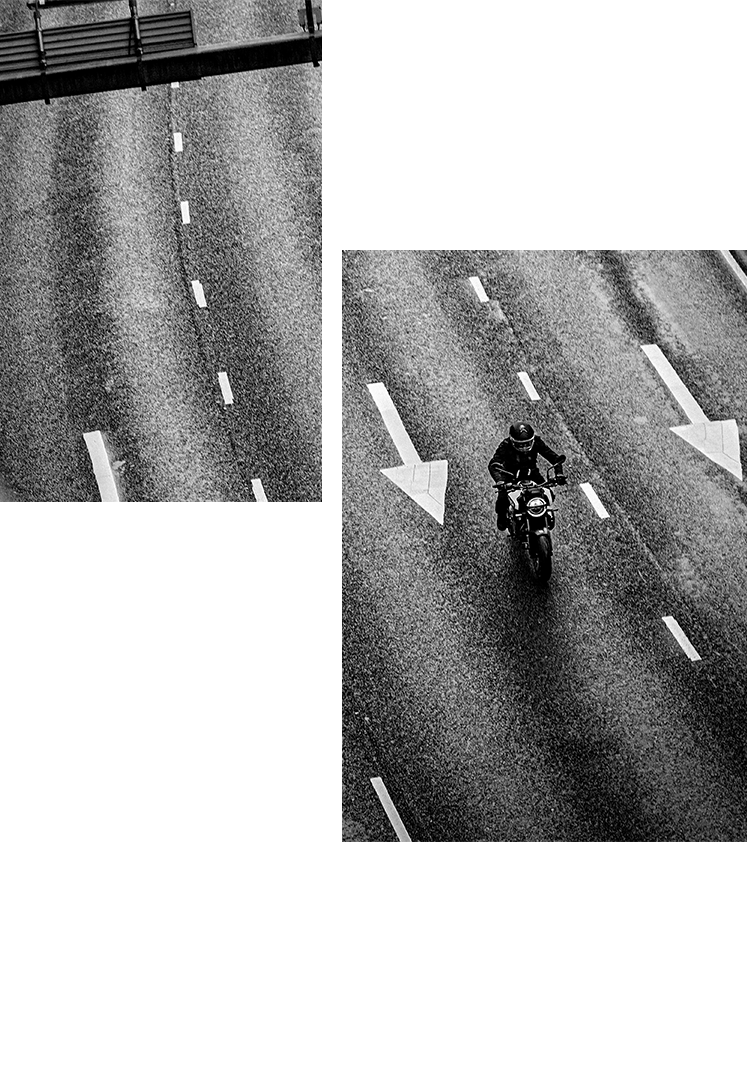If you wanted to compete offroad during the 50s and early 60s, there were no race machines to buy at the local bike shops. Everyone relied on their own skills to convert a Silver Arrow to racing standards as best as they could. However, interest in riding fast offroad continued growing and Husqvarna reacted by further developing their now popular Silver Arrow models. There were a wide range of accessories to update this motorcycle. The engine was also tuned with a new and bigger cylinder, which became trendy among customers. Power was here to stay. At Huskvarna, the technicians started to make plans to produce a true racer on a bigger scale.
Husqvarna Goes Enduro
By Kenneth Olausson
As the United States embraced the Husqvarna movement in the 60s, development and volumes played a major role at the Swedish factory. Now, the Motorcycle Olympics went from the International Six Days Trial to racing on most any surface. Enduro and desert riding changed motorcycling and paved the way for future Husqvarna success. On home grounds, the brand won almost all "reliability" races at hand…
As the 60s began, Husqvarna had fantastic results in the classic "Trophy of November". Rolf Tibblin had just won the European mx championship on his works machine, but now entered the gruelling enduro, which is the oldest and most well-known race in Sweden. Looking back, no other brand can claim as many victories in the "Novemberkasan" as Husqvarna. The feast of enduro to end all enduros began already back in 1915 when Swede Gunnar Enderlein won on his British machine. One of the more remarkable races was held in 1925 when Edvin Sagström became the sole competitor to reach the finish line. However, he was so late - more than a day - that the race was cancelled by the organizers and there was no winner appointed. In 1960, Rolf Tibblin started his winning crusade by taking overall victory. He then continued with four more victories in the coming years, which set a new "Novemberkasan" record. No one had been victorious for five years in a row in this staggering event. And he was close to winning also in 1965, but …
In the summer of 1962, a reluctant board took the decision to manufacture a series of one hundred 250cc machines, to be sold in early 1963. These were motocross machines but could also be used for enduro with a little modification. As it happened, Torsten Hallman won his first 250cc title in the world championship then, which of course led to great interest in the purchase of a replica model. The orders kept coming to race manager Bror Jaurén and it turned out that more than 30 reservations surprisingly came from Norway and Finland while a single unit went to USA. The new 250 machine cost twice as much as the Silver Arrow and was sold at 4,500 Swedish Kronor (approx. 600 US dollars). The 1965 Novemberkasan winner was Olle Pettersson – a strong 250cc factory world championship contender for Husqvarna, who always did well also in enduro events. He fought hard with Tibblin, who finally had to give in to Olle at the end of this super-chilly “Kasa”. In 1966, Sweden hosted the International Six Days Trial event. It was run in mid-Sweden over 1,660 km with 287 starters in the "Blue Mountains" of Kilsbergen around the city of Örebro. The U.S. team was successfully represented by Bud Ekins and Malcolm Smith, both on Husqvarna. Swedes Hans Hansson won a gold medal on his 250cc while Curt Öberg managed to conquer in the half-litre class with his new 360cc Husky.
Two years later, the same Hans Hansson was hired by Husqvarna to help develop a new 8-speed gearbox together with the technical engineers lead by Ruben Helmin. The 4-speed was OK for mx, but lacked speed range, revving too high in offroad competition. The complex solution was a high-ratio and a low-ratio gearbox where riders had to stop to shift from one to the other. The concept was a two-speed primary drive, controlled by a lever on the handlebars. Also, the installation of this kit was complicated and costly. The whole power plant had to be disassembled, which was time-consuming. With time, the pro's learned how to shift between high and low-range at speed, but Husqvarna never acknowledged shifting in motion. However, the result was positive and using the 8-speed Husky was more flexible than ever. When Hans raced in the "Novemberkasan" of the same year he took an outright victory with the new concept engine. In time for the new season, Husqvarna could finally introduce their first all-enduro machine for sale in 1970.
In the US these machines were marketed as the Commando for the 250cc while the 360 C was simply called Enduro. The market reaction did not meet expectations and desert riders preferred the standard 4-speed version, changing sprockets whenever needed. But Husqvarna had a grand brand image at this stage and the U.S. customers stood in line to purchase a Viking product. The American racer John Penton was a true Husqvarna fan, racing the Swedish product to its first national enduro championship in 1969. He tried persuading the Swedes to make a 125cc version, but like many others who had tried convincing the Swedes he also failed at the time. Husqvarna declined stubbornly and so John set up his own brand, Penton, in 1968. He marketed the Pentons with great skill and was successful on the market with these 125cc machines, built in Austria. After some years the KTM factory bought the U.S. operations and renamed them KTM America. Since the Austrians previously only made mopeds and scooters – they suddenly had a new motorcycle name growing popular on the market.




